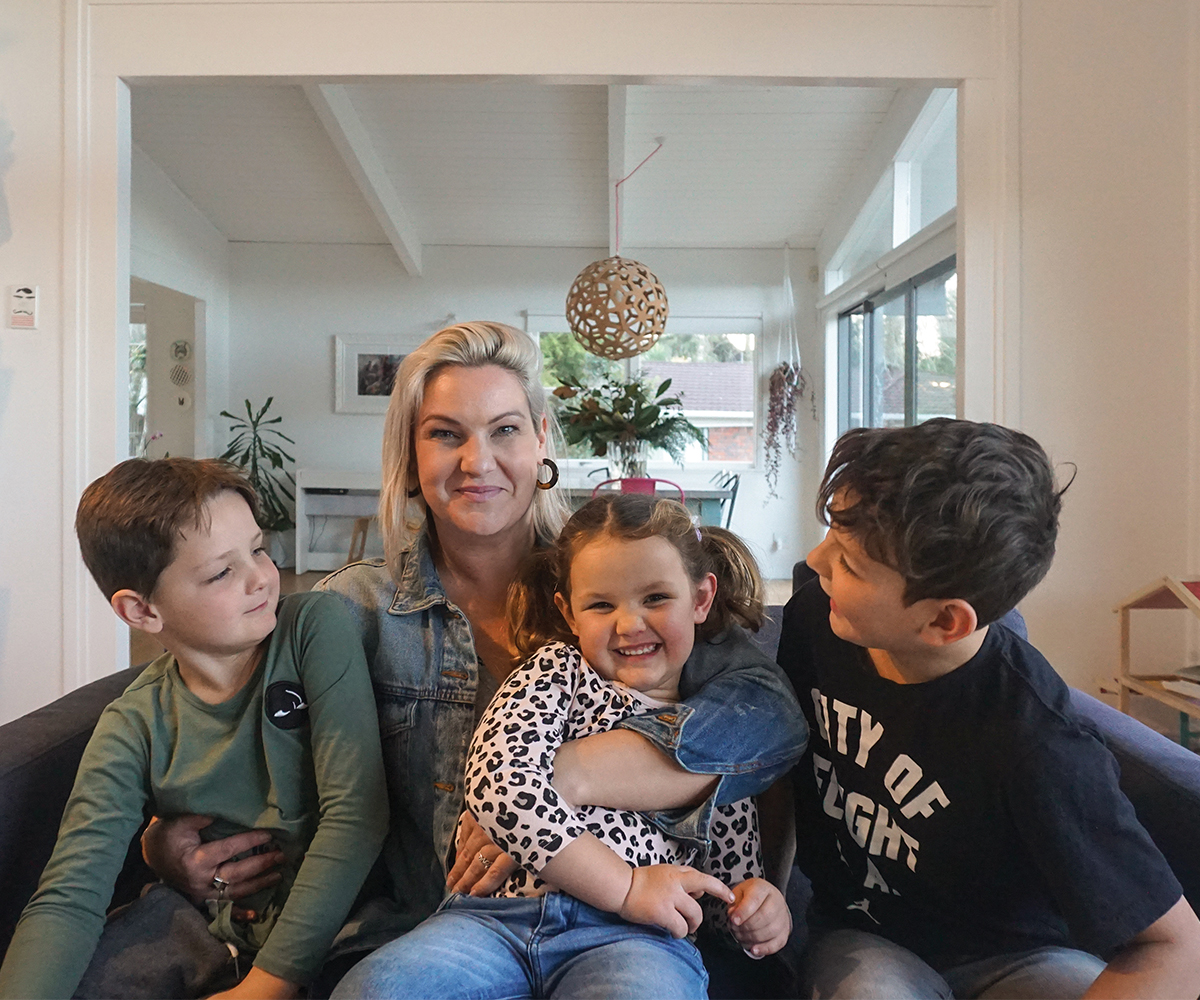We’re all keen to do our little bit for the good of the environment, but perhaps the best good we can do is to pass on a full understanding of eco-friendliness to our children.
Hopefully we’re already naturally building good habits into our kids’ everyday lives, but it’s important we explain the ‘why’ behind our actions so that they’re more inclined to take ownership of an eco-conscious lifestyle. A big part of teaching your children about the environment is also teaching them about wise product choice and being aware of what goes into the products they buy.
Broadly speaking, there are three key sensory receivers through which we learn: visual, auditory, and kinaesthetic (movement). For the best possible results, experts tell us it’s important to present information using all three methods. So we’ve created this guide, along with ecostore, who make plant and mineral based products, to help you gently reinforce the green message in a variety of ways while doing a basic shop.
Before you head off

1. Involve the kids in making a shopping list.
Conversation starter: While you’re roughly planning out your meals for the week ahead, let the kids in on your thoughts around why you’ve selected the meals that you have. Ask them if they know why it’s important to eat fresh food. Do they understand the concept of a balanced diet? Depending on the age of the child(ren) you could introduce them to the different food groups, and when it comes to fruit and veggies, explain their need for ‘5+ A Day’.
Practical exercise: Set younger children up with paper and colouring pens/pencils to draw items you’ll be looking to purchase. Primary-school-aged children can write out the items as well/instead, and draw little tick boxes next to them if they like. Older children could compile their list by copying over ingredients you don’t already have from the recipes you’ve selected.

2. Gather the eco-friendly shopping bags.
Conversation starter: Explain why we no longer rely on single-use plastic bags, and how they’re dangerous to sea life. Do they understand why reusable bags are better for the environment, and how they help the food to breathe?
Practical exercise: Show them where you store the bags if they’re not already in the car. If your kids enjoy arts and crafts, allocate bags for different types of food and cleaning products and encourage them to decorate them accordingly. Finally, gather them together and ensure they accompany you to the store.
At the supermarket

3. Locate and select the items on your list.
Conversation starter: As you track down items on your shopping list – ticking them off as you go if you’re inclined – discuss where the items come from originally. In the produce section questions could be: is this a fruit or a vegetable? Does it grow under the ground or above – on a tree or a vine? What season does it prefer to grow in?
You could also check they know where eggs come from, as well as milk, butter, yoghurt and cheese. Two key questions to ask when deciding on both food and non-food items are: is this good for your body? Is this good for the planet?
Explain that what you put on your body can be as important as what you put in it, and that even items such as dish wash liquid and hand wash have ‘ingredients’. If your child(ren) can read, point out the product information on the backs of most items. ecostore is always a safe choice as everything they make is plant and mineral based. By creating their formulations from naturally derived ingredients they ensure they’re safer for you, your family and our world.

Practical exercise: Depending on their age and maturity, allow your kids to make some selections by themselves and place the items thoughtfully in the trolley. Help them pick out the ripe fruit and veggies and decide how many they’ll need. While you’re in the produce section, pick out a potted basil plant, available in most supermarkets for about $4.

4. Involve your kids at the checkout
Conversation starter: As you place items on the conveyer belt together reinforce your good decisions – especially the items they selected alone!
Practical exercise: If time and space permits, encourage your kids to help you thoughtfully pack the items in the bag(s) they’ve decorated.
Follow up at home

A friendly reminder: once the groceries are unloaded, teach your children to return the bags to the allocated spot so they won’t be left behind next time.
Conversation starter: Explain that plants keep us healthy the natural way – basil plants are rich in iron, magnesium, potassium and vitamins – and share that you get the best nutritional value from fruit, veggies and herbs when you eat them fresh. Nothing is fresher than straight from your garden or a pot in the kitchen!
Practical exercise: Choose a sunny spot or windowsill for your basil plant to live and show your child how to carefully give it a little water, if the soil is dry to the touch. If you feel inclined you could also buy a cherry tomato plant to complement the basil. Cherry tomatoes are particularly happy in pots and their vibrant colour and explode-in-your-mouth flavour will be a great encouragement to your budding young gardener.
Finally, when you’ve reaped a sufficient harvest, reward yourselves with a delicious basil and tomato salad or sandwich – good for your body, and good for the planet.
For more information visit ecostore.


